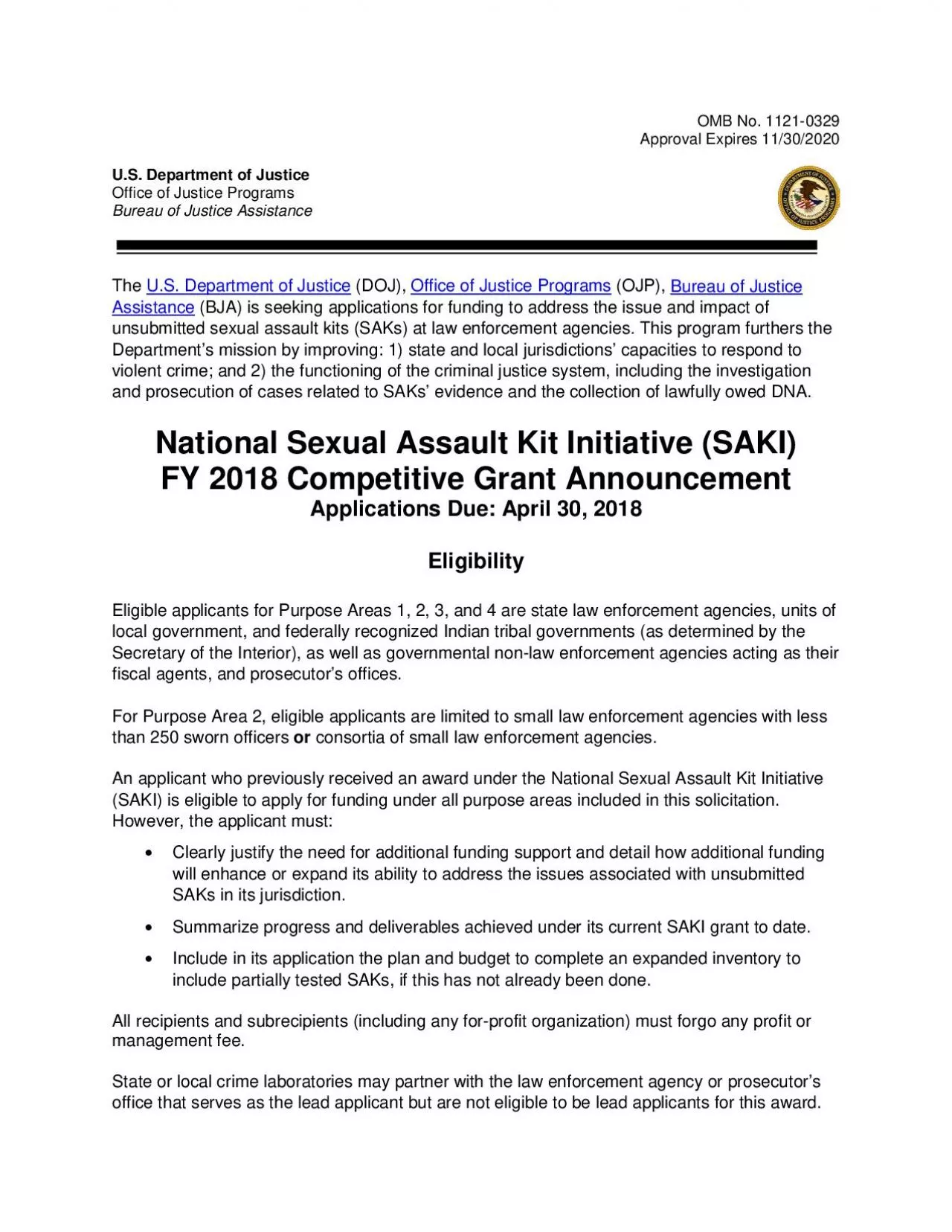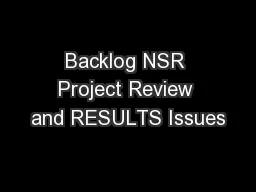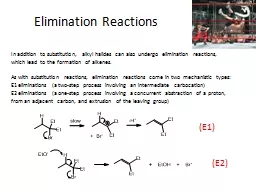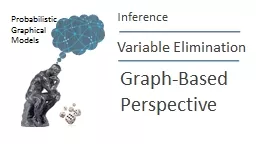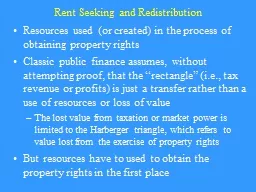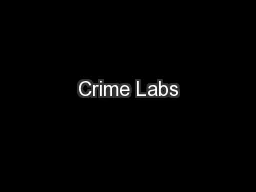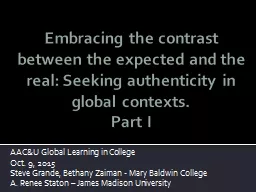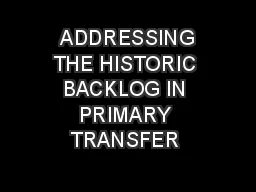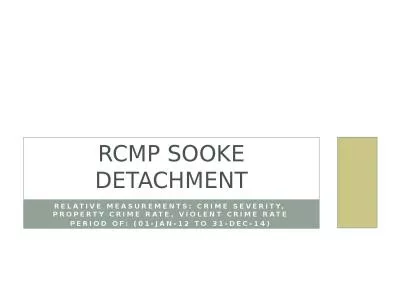PDF-Crime labs seeking funding solely for DNA backlog elimination resource
Author : amey | Published Date : 2020-12-07
BJA201813622 2 httpswwwnijgovtopicsforensicslaboperationsevidence backlogsPagesbacklogreductionprogramaspx BJA welcomes applications under whichtwo or more entitieswouldcarry
Presentation Embed Code
Download Presentation
Download Presentation The PPT/PDF document "Crime labs seeking funding solely for DN..." is the property of its rightful owner. Permission is granted to download and print the materials on this website for personal, non-commercial use only, and to display it on your personal computer provided you do not modify the materials and that you retain all copyright notices contained in the materials. By downloading content from our website, you accept the terms of this agreement.
Crime labs seeking funding solely for DNA backlog elimination resource: Transcript
Download Rules Of Document
"Crime labs seeking funding solely for DNA backlog elimination resource"The content belongs to its owner. You may download and print it for personal use, without modification, and keep all copyright notices. By downloading, you agree to these terms.
Related Documents

